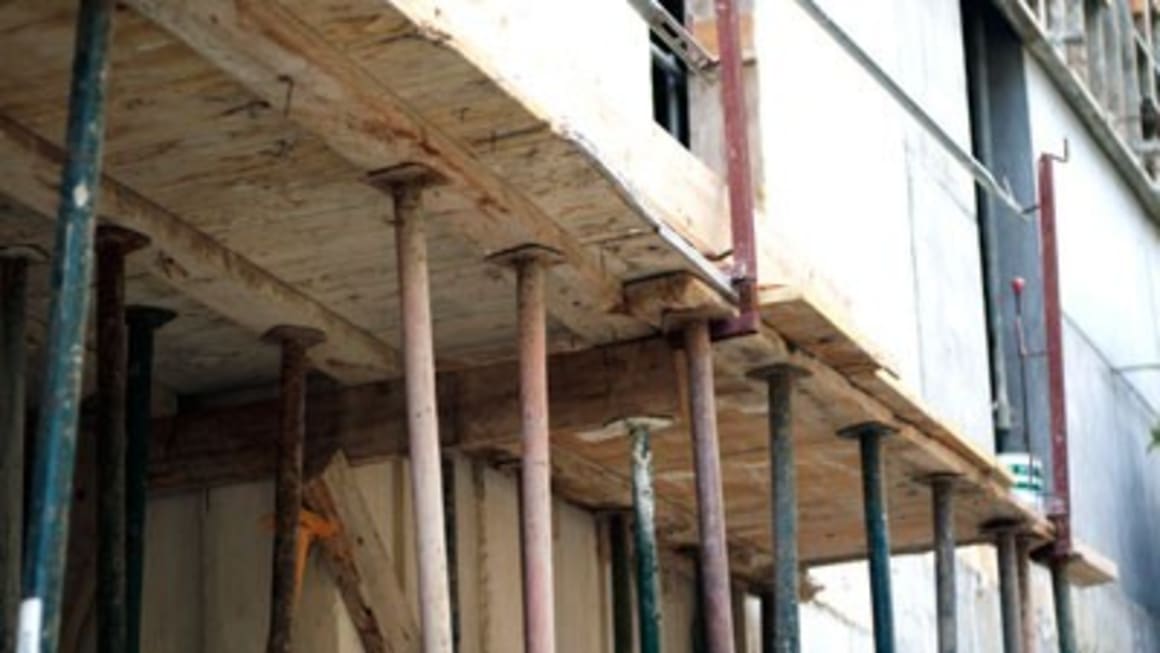What the new taxable payments reporting regime means for the construction industry

The clock is now running on the new taxable payments reporting regime for the building and construction industry, which came into effect on July 1.
While the first report to the ATO under this new system is not due until July 21, 2013, collecting the records necessary to prepare that report should already be under way.
Broadly, under the new system, businesses in the building and construction industry are required to report payments if they:
- make payments to contractors for building and construction services;
- have an ABN.
The system is aimed at improving contractor compliance with their tax obligations, particularly non-lodgment of income tax returns, omitted contact income and GST non-compliance.
The taxable payment reporting system is confined to business-to-business transactions, so home owners are not affected.
Businesses affected are required to report payments and must prepare and lodge an annual report each year, the first one being due on July 21, 2013 (covering the period July 1, 2012 to June 30, 2013). The report must include the following details for each contractor:
- ABN;
- name and address;
- total gross amount paid;
- total GST included in gross amount paid.
The ATO expects the information that must be reported will generally be included on invoices received by the business.
Payments to contractors for building and construction services are required to be reported for the year in which they are actually paid. Where payments include labour and materials, the total amount is to be reported. However, in something of a concession, payments that relate only to materials do not need to be reported.
The annual reports can be lodged either online or by paper. Where business software has been updated to produce the new annual report, the ATO says the report can be lodged online. Further information will be made available on the ATO's website in early 2013. Businesses lodging paper reports will need to use the ATO form currently being developed.
The ATO said taxable payments reporting would only apply to currently operating businesses, and not to insolvent businesses. It has provided a comprehensive (although not exhaustive) list of occupations and work activities which satisfy the definition of building and construction services, which means that the listed occupations fall under the taxable payments reporting regime.
According to the Tax Office, where there are discrepancies between the payment information reported by businesses and contractors, it will issue letters to contractors to seek rectification of the discrepancy. Where necessary, it will also amend tax returns of the contractors, or in cases of non-lodgment of tax returns, it will issue assessments based on the information it holds and impose penalties.
Some concerns have been raised about potential problems that might arise with information received by the ATO under the new reporting system being different from data matching exercises such as the building and construction industry data matching program announced in February 2012.
The ATO said the information that will be reported under taxable reporting payments has not been previously collected, therefore not data matched. The building industry data-matching program includes collecting data on individuals and businesses holding a hardware store trade account with annual purchases of $10,000 or more and is being run as a pilot program.
The ATO will also be given data on complaints and licensing information from NSW Fair Trading, Queensland Building Services Authority and Government of South Australia Consumer and Business Services.
Under the taxable reporting payments system, payers will generally not have to verify the Australian Business Number (ABN) provided to them by contractors. The ATO says that generally, proof of identity is not required. However, payers can verify ABNs if they wish by using tools available on the ABN Lookup web site.
This new reporting regime will impose another compliance burden on what many would rightly claim is a struggling industry. However, the fact that the information required is expected to be generally included on invoices received by the business might lessen the compliance cost. Although July 1, 2013 is still almost a year away, business affected should be preparing now to be able to provide the information required.
Terry Hayes is the editor-in-chief of tax news reporting at Thomson Reuters, a leading Australian provider of tax, accounting and legal information solutions.This article originally appeared on SmartCompany.